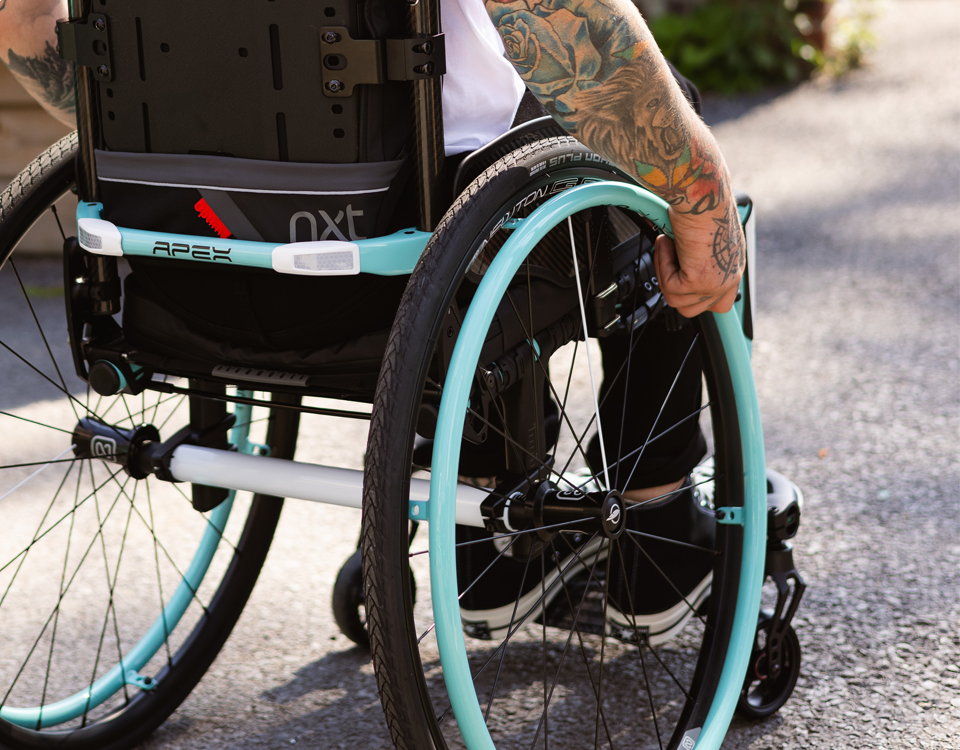Benefits of the Adjustability of the APEX Wheelchair
Within the Motion Composites brand, we offer innovative products that are fully adjustable to meet every individual’s unique needs.
Within the Motion Composites brand, we offer innovative products that are fully adjustable to meet every individual’s unique needs.
When you are looking for an ultralight rigid wheelchair, either for yourself or a client, the need for adjustability can be essential. As a rider uses their wheelchair, they may find that they need a different or even a second set of wheels. Being able to adjust rear-wheel spacing gives the rider the luxury of making these changes throughout the lifetime of their chair. Perhaps the rider wants to increase their seat slope to improve stability. To change seat slope, you need vertical adjustability of the axle and, ideally, a quick and easy way to square the casters. Having the ability to perform adjustments on the wheelchair can be crucial, whether the change is needed for improved mobility or due to the worsening of a condition - look no further than the APEX. The APEX's rigid frame is designed for intuitive and identical adjustments on both carbon and aluminum models.
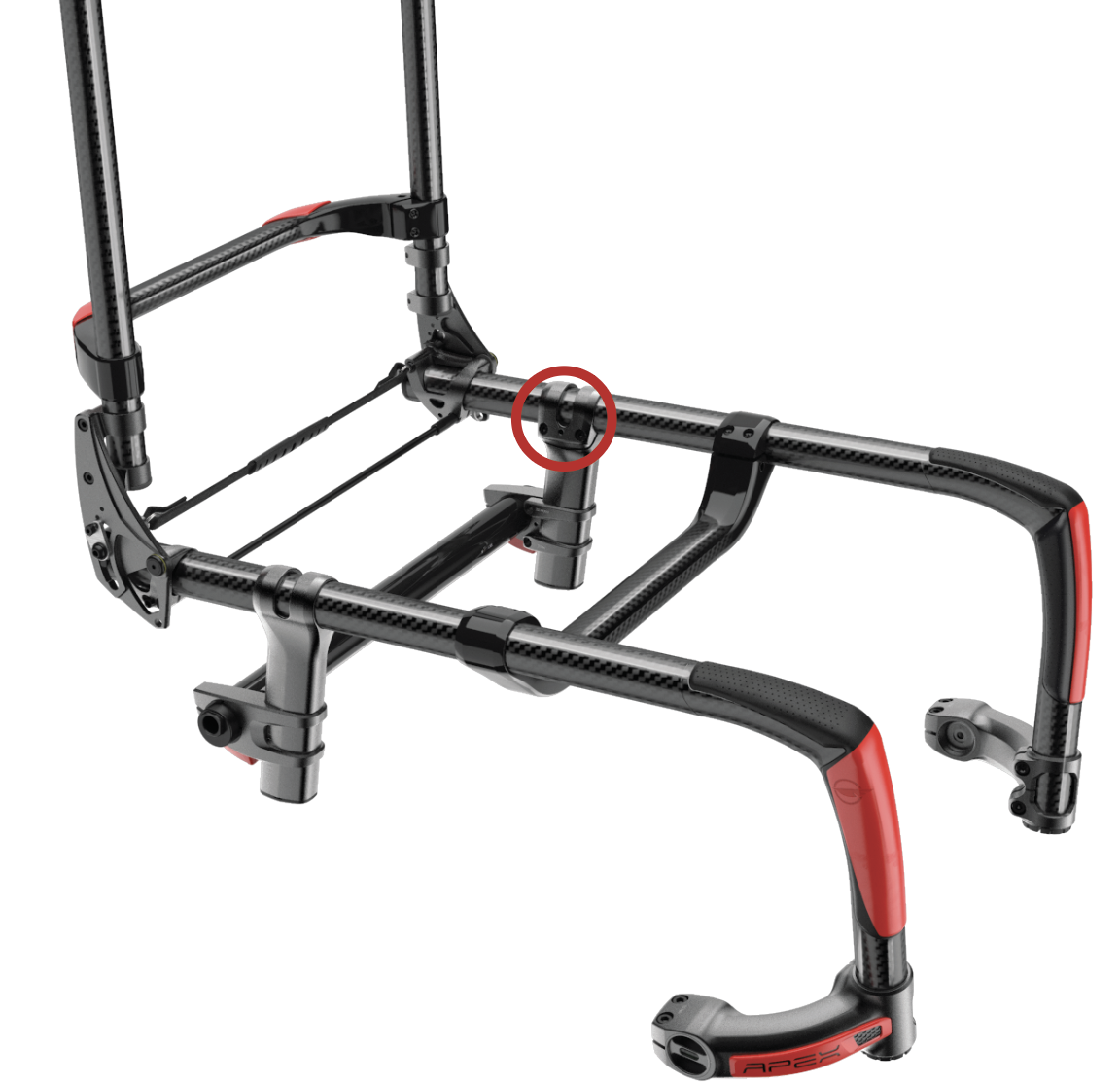
Let’s talk about how these adjustments are not only intuitive in design but also very much engineered with clinical needs in mind. We will look at 5 key adjustments:
Whether you are an end-user yourself, or a clinician/provider looking into the justification for the APEX, we hope to explain how this rigid chair stands out among others in its class.
COG adjustment is referred to as the horizontal adjustment of the axle plate and camber tube (they’re connected in a rigid wheelchair design).
How much horizontal movement do you get with the APEX? Infinite adjustability, up to 6” of forward horizontal positioning of the rear wheels. This allows for a very aggressive or very stable placement of the rear wheels as needed. Riders who need a more forward rear wheel could include those wanting optimal maneuverability or those with more forward posture asymmetries such as kyphosis. A kyphotic posture moves more of the rider’s weight forward, requiring a more forward rear wheel to capture the center of mass over the drive wheel. Ideally, we want the center of the rear wheel axle to be at or in front of the rider’s shoulder, as shown below.
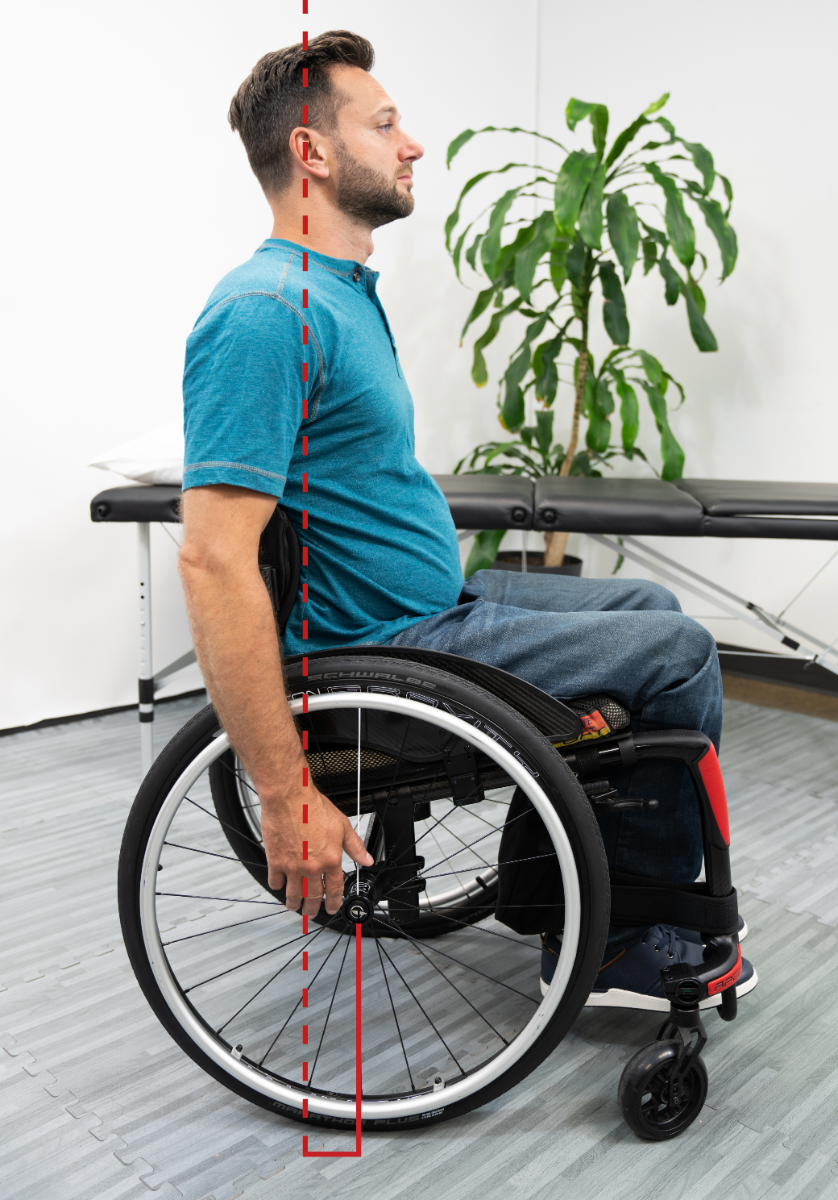
Ideal COG adjustment starting position, shown here by the vertical line at the front of the rider’s shoulder.
This improves the overall efficiency of the system but also helps create a more biomechanically advantageous position of the shoulder for each push stroke, something that can occur 3,000-5,000 times a day! Another very popular reason to choose such an adjustable rear axle with a rigid wheelchair is so that you can adjust it over time. Skill level, injuries, pregnancy, and diagnosis may all be reasons you need to adjust the horizontal center of gravity over the lifespan of a wheelchair. (Check out our lifetime warranty on our APEX Carbon) The one thing that the above reasons have in common, is the need to alter the stability of the wheelchair. As a rider improves their wheelchair skills, they may be able to tolerate a more aggressive center of gravity to improve their maneuverability. On the flip side, a potential need to stabilize the system would be a temporary injury or even a decline in condition. Pregnancy is one of those unique scenarios that drastically alters the rider’s center of mass over a short period of time (short is relative, as pregnancy can be extremely taxing on those moms-to-be!) Being able to adjust the center of gravity backward and forward throughout pregnancy and post-partum can be extremely beneficial to overall energy conservation!
Clinical Consideration: Do you have a bariatric client who could also benefit from the performance of a rigid wheelchair? Check out our HELIO HD or our VELOCE HD wheelchairs! Heavy Duty without the Heavy.
Once you start adjusting the rear wheels or center of gravity, you may need to adjust other features of the rigid wheelchair. Thankfully, the APEX gives you adjustability at every turn, so you can dial in the rider’s needs, no matter the reason. Let’s stay on the topic of the rear axle and discuss adjusting the rear seat to floor height. On the APEX, this is infinitely adjustable, and it is easy to specify an exact position for the rider. The seat slope adjustment can be utilized for all sorts of functional needs, such as trunk stability, pelvic positioning, comfort, or even environmental access. A rider may want to adjust this to get a feel for different slopes in their seat to find the sweet spot for their most functional and efficient day-to-day activities. An inch too high may be the difference in grabbing something off the ground or could cause too much instability of the trunk, making that reach for the coffee mug in the morning too difficult or even impossible. It is important to adjust adjustable wheelchairs to allow riders an opportunity for an even more successful, efficient lifestyle.
Specifically, when adjusting the rear seat to floor height, you are going to need to at least consider the seat-to-back angle. Adjusting the vertical position of the rear axle changes the seat-to-back angle. Even minor adjustments can create an uncomfortable or ill-fitting angle for the pelvis. Refer to the range of motion of the hips and pelvis, and consider trunk stability. Sometimes, a more “squeezed” (acute) angle of the seat-to-back cane creates stability for the rider, but not everyone can achieve that amount of hip flexion. Open seat-to-back angles are required for some who have temporary orthotics or even riders who are newer to their wheelchair. A more open angle may give them the stability and comfort they are searching for. The geriatric population can benefit from a more open-back angle as well. Whether you achieve a change in seat-to-back angle with the back canes themselves, with solid backrest hardware, or both, this is a crucial adjustment for all wheelchair riders.
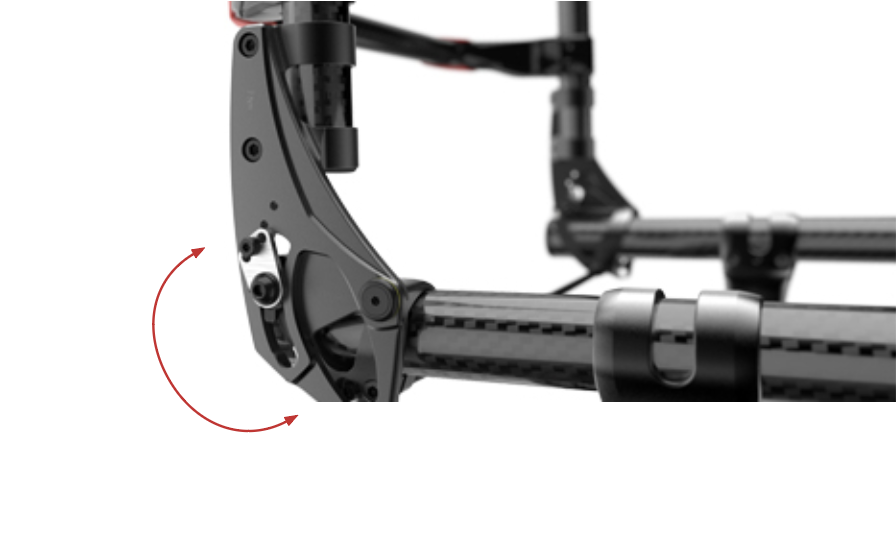
Adjustable seat-to-back angle hardware: 80-101 degrees in 3-degree increments
You know the book, “When You Give A Mouse A Cookie”? Well, that book represents the cause-and-effect action that custom ultralight rigid wheelchairs require when adjusting them. After you’ve made any adjustments to COG, rear seat to floor height, or any movement of the system’s center of mass, you need to re-square the casters. Squaring the casters is how you avoid caster flutter and maintain efficiency. The caster housings must be perpendicular (90 degrees) to the ground to work properly. Uniquely on the APEX and the VELOCE wheelchairs, we offer a built-in bubble level that allows this adjustment to be done quickly and precisely without the need for any squaring tools.
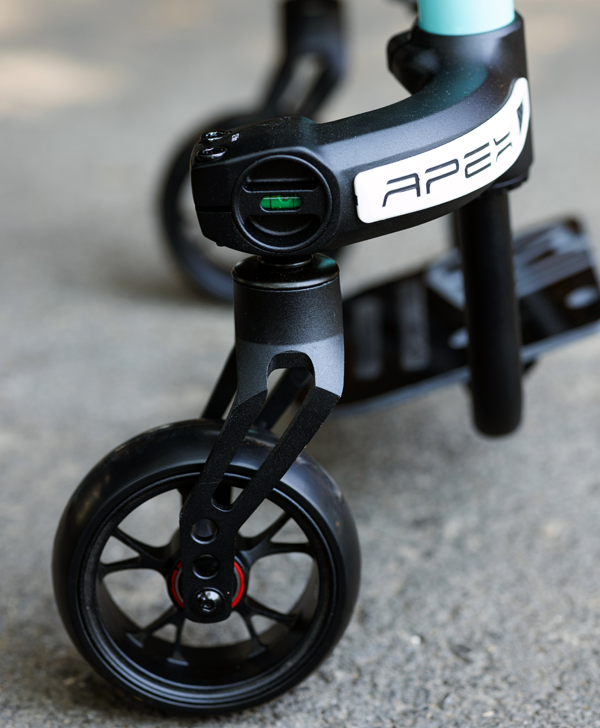
A smaller, but at times a pertinent adjustment, is rear wheel spacing. It is defined as it sounds: the space between the rear wheel and the wheelchair. A common reason for increasing rear wheel spacing is a change out of tires to a wider option, typically off-road or knobby tires. Wheelchair prescribers do not want to add additional width to the seat just to accommodate clothing or larger coats in the winter. Increasing wheel spacing can also be a solution for this in the colder months and can be adjusted back to a narrower position for the remainder of the year.
Of course, other adjustments can be made to create the ultimate dialed-in configuration for any rider, but those adjustments may require ordering different parts. These adjustments were not discussed in this blog but certainly can be altered when needed by any client.
The EVO Program was created to give wheelchair users peace of mind, knowing that any change in their condition won’t leave them with an ill-fitting wheelchair. If the user’s needs change during the program’s eligibility period, Motion Composites can provide different solutions, depending on the wheelchair model, to re-adjust and bring it back to the best possible fit for the user. When prescribing, everyone involved can confidently choose a wheelchair that meets the user’s current needs without accommodating for an unpredictable future.
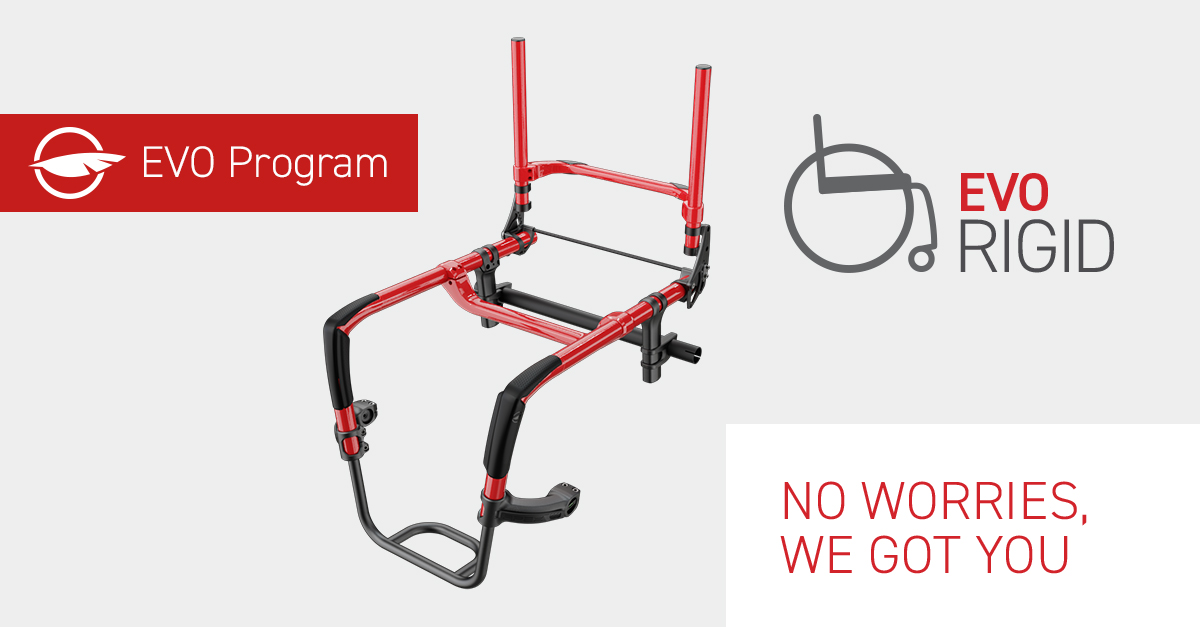
The APEX is one of the most adjustable products available on the market. EVO Rigid, a part of the EVO Program, 2024 Mobility Product Award winner, capitalizes on the APEX’s adjustability to evolve with the client as their needs change. Whatever the physiological change may be, APEX users can benefit from the EVO Program by exchanging their wheelchair base frame for a better fitting one, giving an additional sense of security to the user and the provider.
The EVO Program is specifically designed to accommodate users who anticipate a change in their condition. Loss of muscle mass, weight gain, weight loss or any other number of factors impact how the user sits in their wheelchair. However, it is very difficult to know HOW these changes will manifest over time. One of the most impactful uses of the program are in the neurological injury populations as well as pediatrics. With unexpected growth challenges, changes in body composition or even just changes in preference, EVO Rigid can allow for improvements in positioning and propulsion efficiency thanks to proper fit and configuration.
| New Injuries |
Pediatrics |
|
Spinal Cord Injury |
Utilize as a “growth package” |
|
Many changes within the first 6mo-1year |
Built-in too much width on the original chair (very common) |
|
Unexpected width growth or weight loss |
Unexpected growth of child |
With the above users in mind, let’s break down the need for the EVO Program into three sub-categories and their potential clinical justification. Not only are there clinical benefits, but funding sources will also benefit from this program as it is more cost effective than providing an entirely new wheelchair.
A change in seat width or seat depth is needed to better accommodate the client's current hip and lower leg measurements. With proper width, the rear wheels are in a better position for efficient upper extremity propulsion which is proven in research to reduce the likelihood of overuse injuries. (insert previous or current upper extremity pathology )
Configuration changes can come at a time when the client now has new wheelchair skills and can benefit from a more efficient/maneuverable configuration. A change in configuration could mean seat slope, front end taper, front end angle, or a combination of these with seat width and depth. Risks of not updating configuration could be skin breakdown, development of musculoskeletal deformities (scoliosis, wind swept hips, etc.) or abandonment of equipment if the client doesn’t feel the chair fits properly into their environment or doesn’t allow them to be efficient with MRADLs. Ultimately, these changes also lead to optimal propulsion efficiency.
Keeping the weight of a wheelchair and seating system as light as possible for a pediatric client is incredibly important and also a big challenge. Built-in width growth on many “pediatric specific” models, combined with the many components selected, often contributes to a higher weight than an adult wheelchair. APEX, with the EVO Rigid program, is a great option for a growing child. It allows for width growth when needed, without building in too much at the beginning. This will set up the child with a more ideal position of upper extremities for optimum propulsion. The relative weight of the APEX follows clinical practice guidelines for minimizing overall weight for a manual wheelchair, and the EVO Rigid program will allow the frame to evolve as the child does as well.
Be sure to look into funding options in your territory to see if this program can be covered through government programs or 3rd party payers.
The program can be purchased using the original order form, when choosing the frame style to prepare for any potential changes in condition. When selected on the order form, it is required to be used within the first 2 years of delivery.
EVO Rigid can also be purchased at any time a need is detected. When a change to the base frame is necessary, but a completely new wheelchair is not required, use EVO Rigid’s dedicated order form. This order form is a shorter version of a full-feature wheelchair order form, which focuses on changes to be made to the base frame. Once ordered, the new frame and parts are then shipped directly to the dealer, who can meet with the client to reassemble the new wheelchair and ensure proper fit.
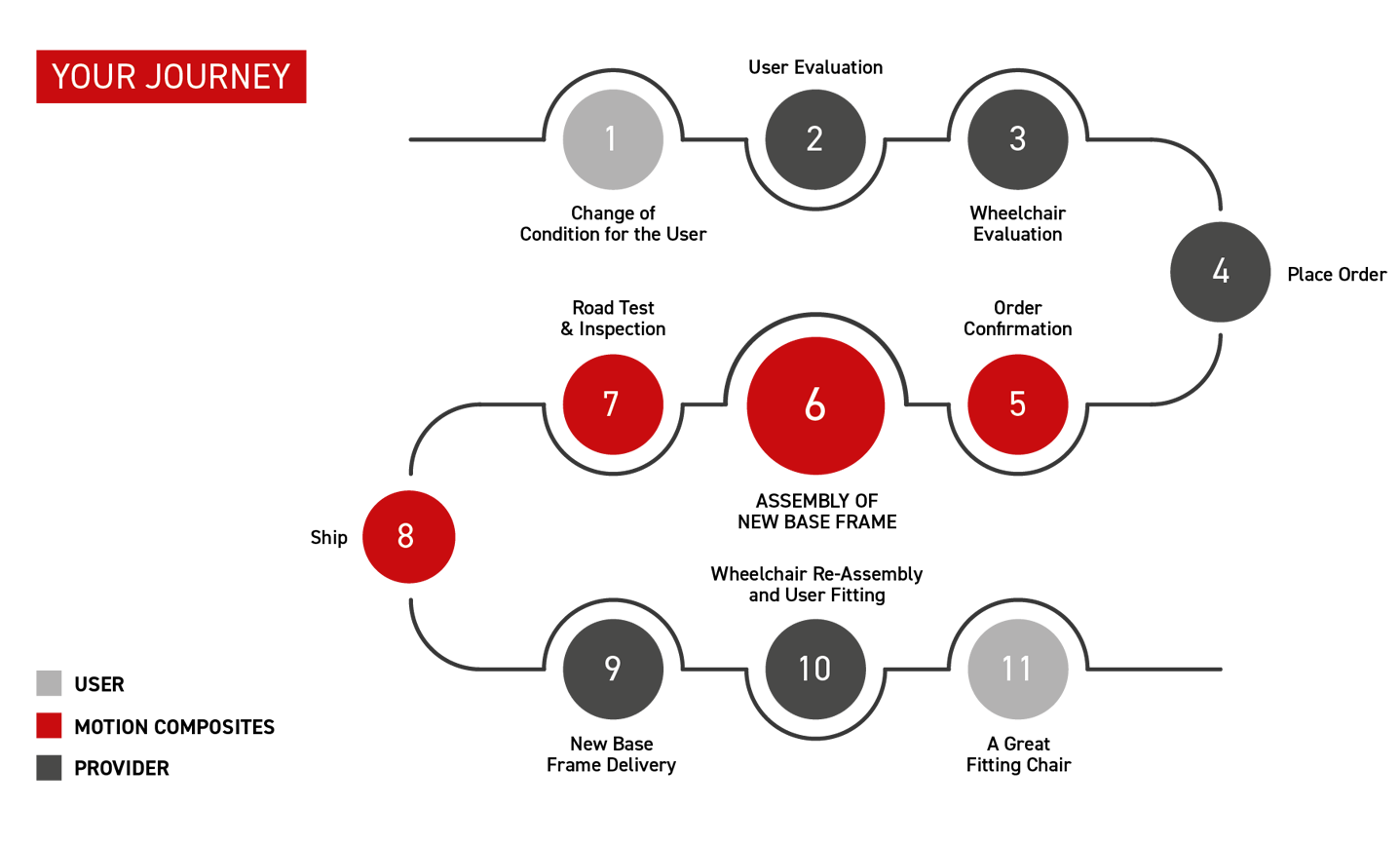
This can also be an optimal time to upgrade or replace any components. Rear wheels, handrims, tires, and casters are all great areas to upgrade for improved propulsion efficiency to match the client’s current needs (Check the clinical justification sheet here).
What we promise with the APEX is a fully adjustable, fully modular, rigid wheelchair that can be adjusted for comfort and precision. The intuitive design and engineering quality make this the future for any rider’s mobility needs.
References
